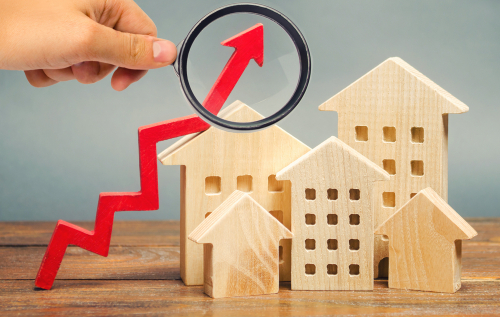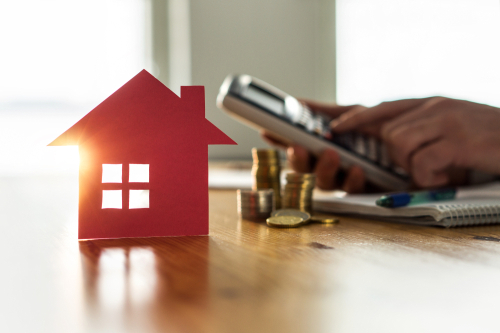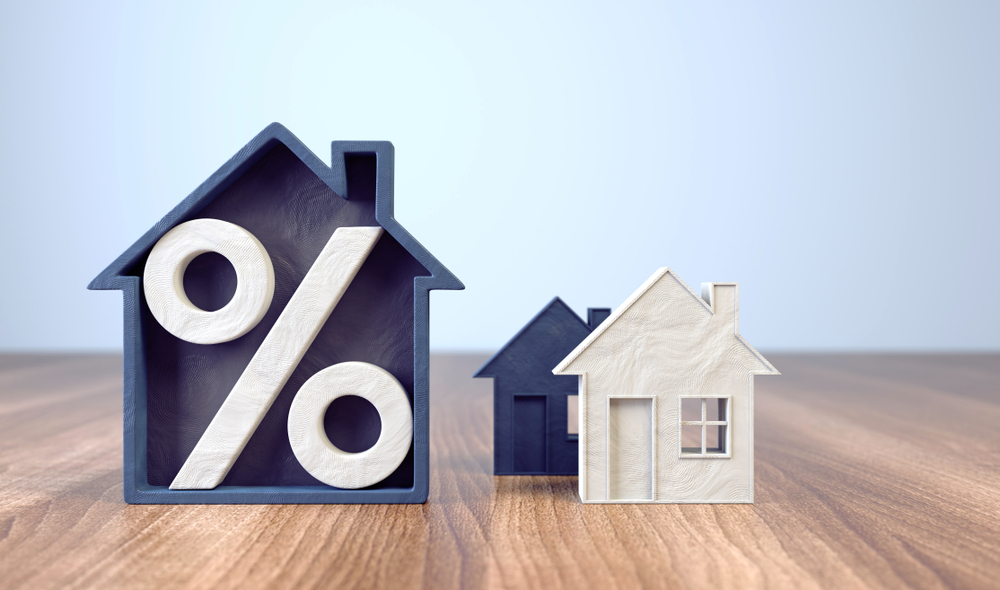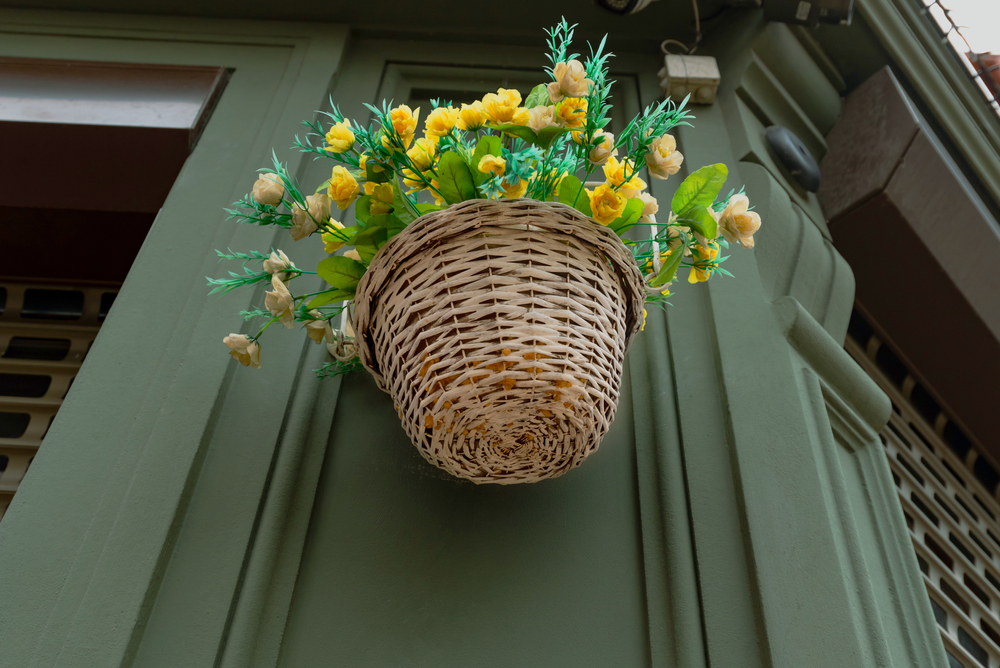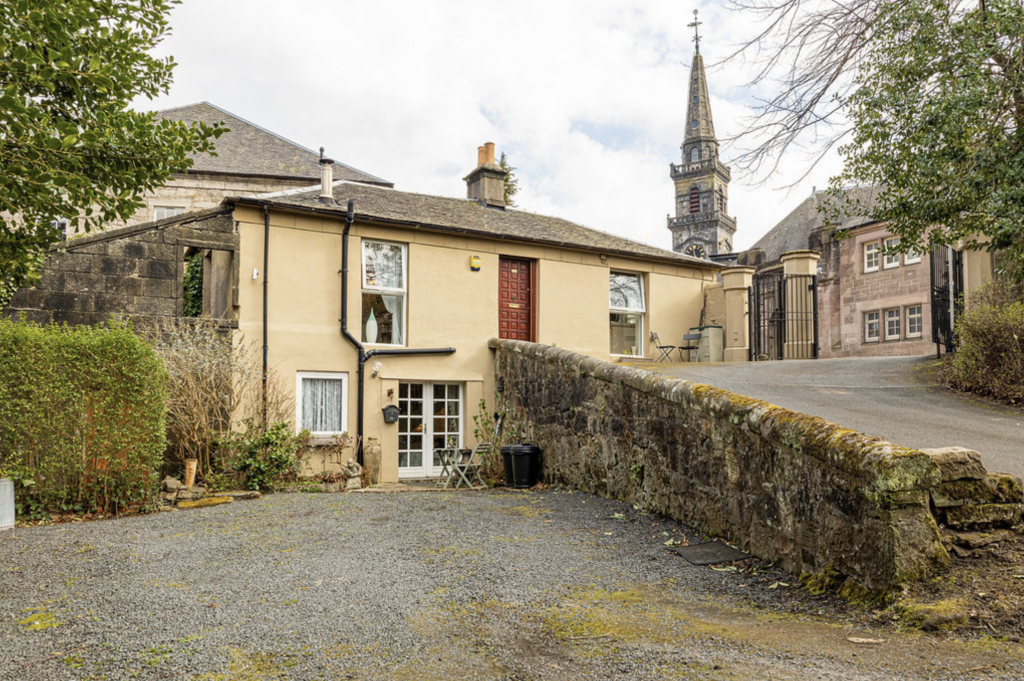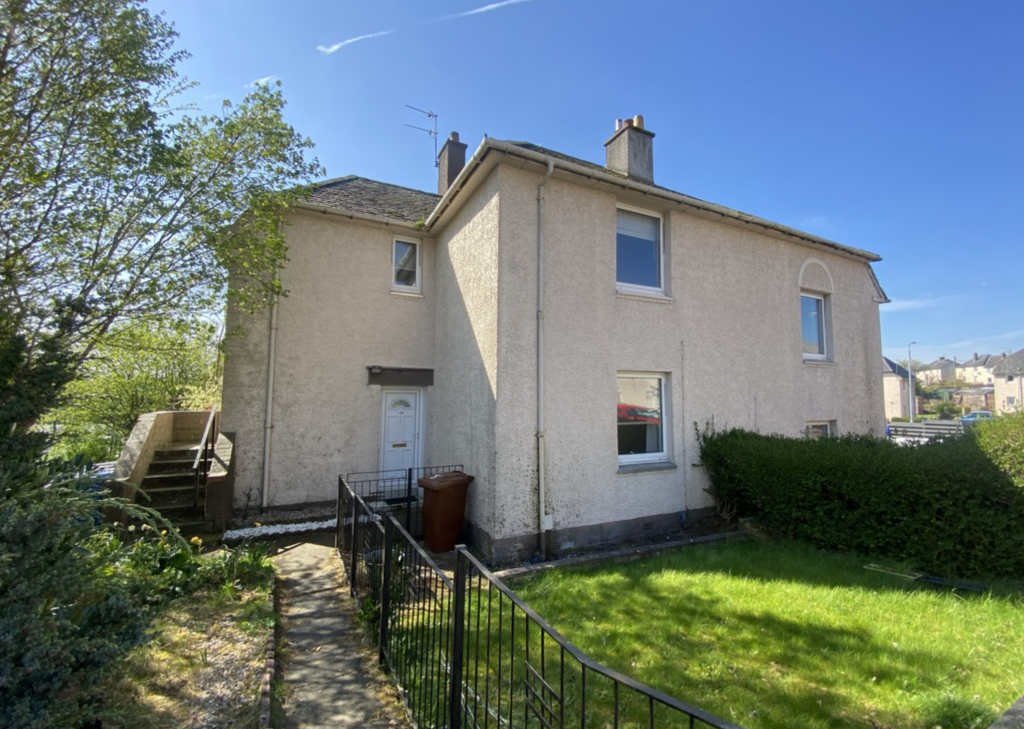Since the pandemic in March 2020 when the property market effectively shut down, we have seen an imbalance between the number of homes for sale and demand from buyers.
Our priorities over the last few years have changed drastically and this means that what we want and need from our homes has also changed. Home working has become the norm whether full time or on a hybrid basis, so buyers have required more space by way of a garden room or spare bedroom for an office. Outside space has also become more important as we have all spent much more time at home. This pandemic-induced race for space was further affected by the stamp duty holiday and now, buyers are rushing to complete sales before already-high interest rates rise again.
Against this backdrop, according to the Royal Institution of Chartered Surveyors (RICS) monthly survey, enquiries from buyers have fallen at its sharpest pace since the start of the pandemic due to pressure from interest rate rises and a surge in inflation and the cost of living. It was the fourth consecutive month that buyer enquiries fell. The slowdown in the number of homes coming to the market pushed up stock levels to 34 properties per branch – the lowest level since records began – as a comparison, in 1990 stock reached 200 per branch.
Meanwhile, 53% of survey respondents reported a rise in house prices and since the start of the pandemic, house prices across the UK have risen by nearly 25%.
Prices Unaffected by the Cost-of-Living Crisis
According to Halifax, property are still rising against a backdrop of rising energy prices, interest rate rises and record high inflation. The average price of a home has risen by 0.4% taking the annual rate of property price growth to 11.5% or more than £30,000.
Interest rates
Interest rates are currently at a five-year peak after six consecutive increases since December and the Bank of England is expected to raise them again in the next announcement. Commentators at Capital Economics believe that property prices could fall by 7% as borrowing cost and affordability checks weighed on demand.

